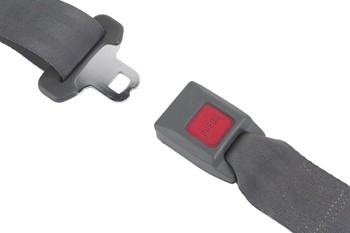
In certain scenarios (e.g. when an SMSF winds up and its assets end up in different SMSFs), it’s not always clear whether a fund is acquiring assets from a related party.
Unfortunately, transferring the assets from the fund being wound up into the new one without taking the SMSF rules into account could be disastrous. You may inadvertently be breaching Section 66 of the Superannuation Industry (Supervision) Act 1993 (SIS Act), which deals with acquiring assets from a related party.
It’s important that all dealings between related parties are done at arm’s length, and in conjunction with the fund’s investment strategy.
A related party of an SMSF can be:
- all members of your fund
- associates of fund members, including:
- the relatives of each member
- the business partners of each member
- any spouse or child of those business partners; any company a member (or the members or their associates) controls or influences; and any trust the member (or the members or their associates) controls
- standard employer sponsors (i.e. employers who contribute to an SMSF) under an arrangement between the employer and a trustee of your fund
- associates of standard employer sponsors, including:
- business partners and companies or trusts the employer controls (either alone or with their other associates)
- companies and trusts that control the employer.
A relative of a member can be:
- a parent, grandparent, brother, sister, uncle, aunt, nephew, niece, lineal descendant or adopted child of the member or their spouse
- a spouse of any individual specified above
(Interestingly, a cousin isn’t classified as a related party.)
Remember, the only assets a fund can intentionally acquire from a related party (such as a former SMSF) are:
- money or cash
- listed shares
- business real property.
All acquisitions must be done at market value. So items such as business real property should be valued at least three months before the acquisition, just to be safe.
To make things even less cut and dried, various exceptions can be applied.
The 5 per cent IHA Rule
Any non-permitted asset (e.g. shares in a company that’s a related party) can be acquired as long as it doesn’t make the SMSF exceed the 5 per cent permitted level of in-house assets. (These shares are acquired when the trustee of the new SMSF becomes the owner of the shares.)
Providing the acquisition is done at market value, the exception applies to all assets, including units in related unit trusts and superannuation funds.
If the asset is acquired at less than market value, the difference between the two values should be recorded as a contribution.
Relationship breakdown
If there’s a relationship breakdown, an SMSF’s assets can be transferred to/acquired by another SMSF without breaching S66.
However, to get the green light, rules within the Family Law Act 1975 must be applied. For example, you’d need a divorce order for a marriage breakdown, and evidence of property settlement proceedings for a de facto relationship breakdown.
Last asset standing
Under S66(2C) of the SIS Act, a fund can acquire an asset from a related party if it’s acquired under a merger between super funds. Under these limited circumstances, there may be scope to transfer a non-permitted asset to another fund that’s winding up via a rollover.
Here’s an example: If the last asset standing in the wind-up fund isn’t permitted, but the fund can only be closed by transferring it to the new fund, then it may be seen as a merger between the two funds.
Important note: This rule isn’t a 'Get out of jail free' card to get past the legislation. Get it wrong, and you could be facing fines and other penalties from the ATO. So be careful, and make sure you document everything before you head down this path.
As you can see, acquiring assets from related parties can be a bit of minefield. And you need to tread carefully to make sure you don’t breach any SIS rules.
Shelley Banton, director, SuperAuditors
Wednesday 20 May 2015
Columnist: Shelley Banton
www.smsfadviseronline.com.au
24th-June-2015 | 